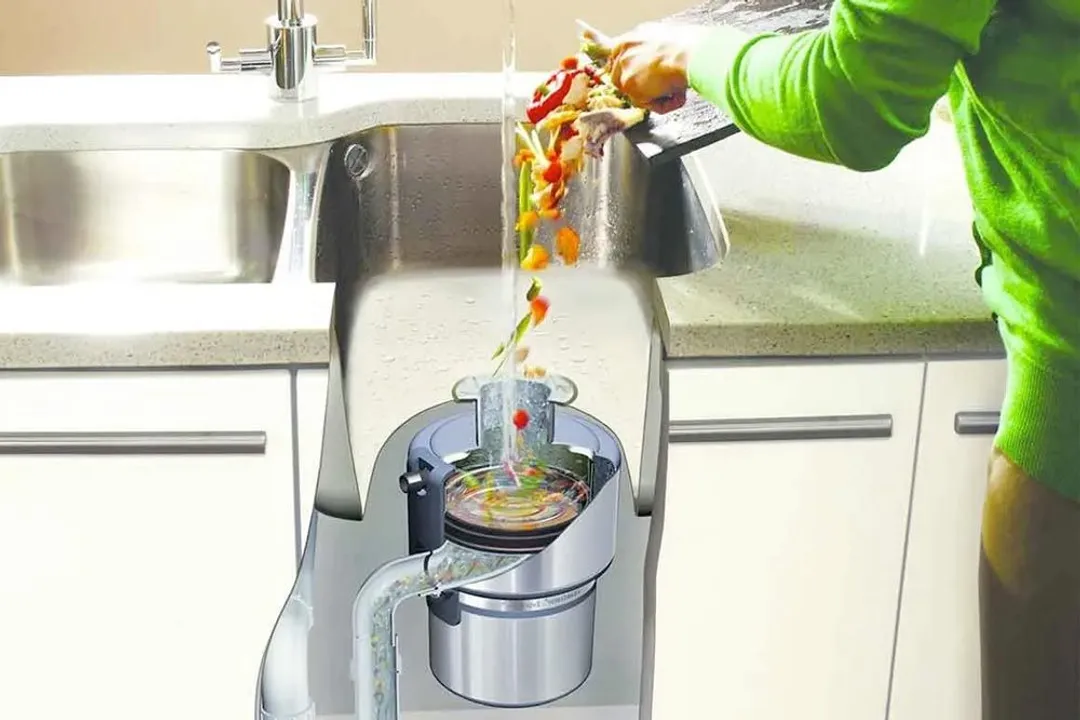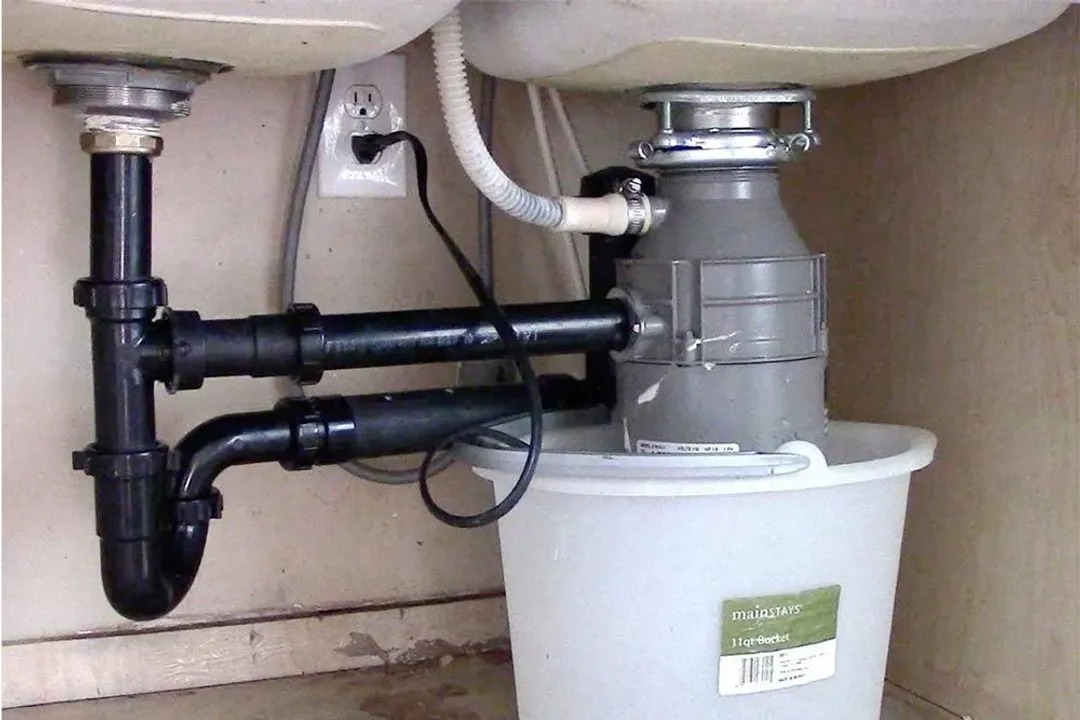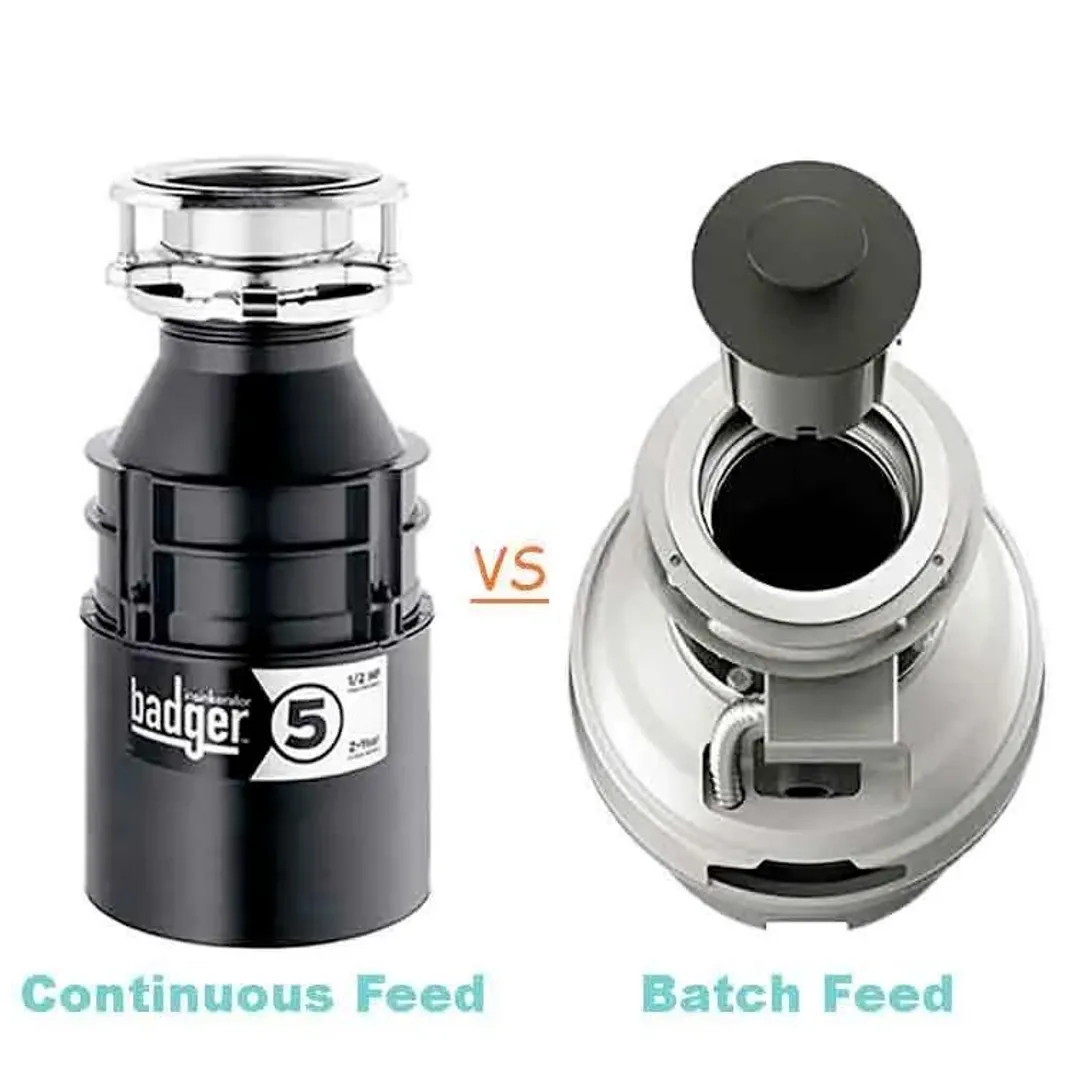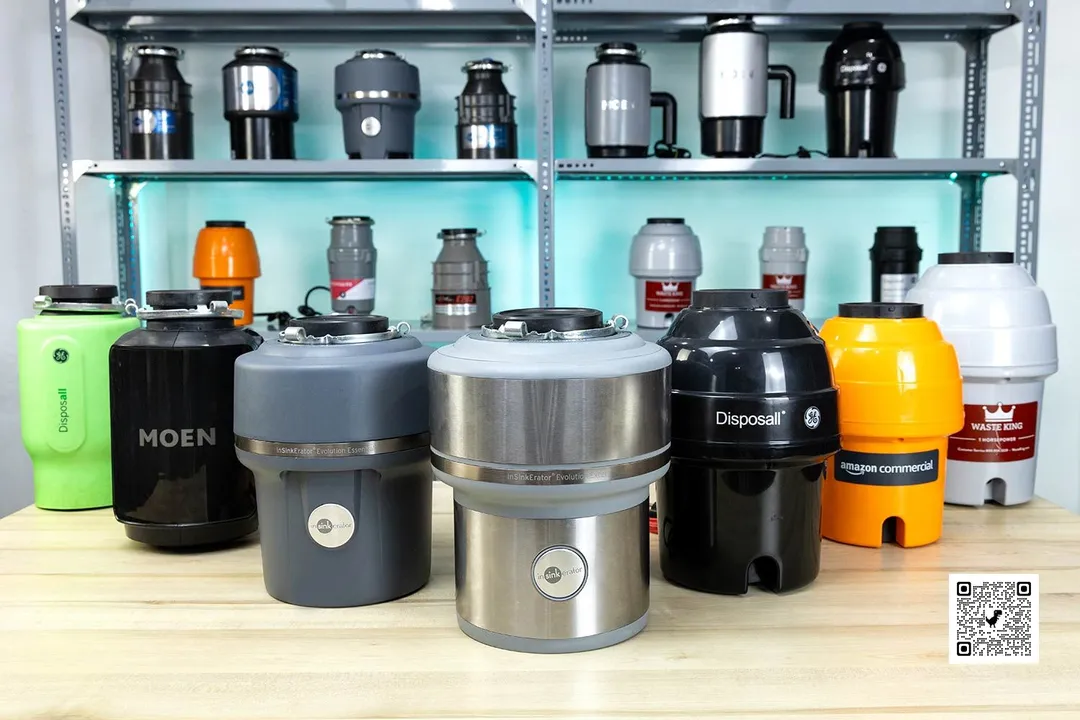Our recommendations are made independently through Research & Testing. We may receive commissions from purchases made via our links.
How to Choose the Best Garbage Disposal
What garbage disposal is the right one for your home? The answer of course will vary, but here are a few key things that should help you, especially first time buyers:
How Big Is Your Family?
Garbage disposals are categorized by their output power ratings. The higher the power, which is rated in horsepower (hp), the more suitable it is to deal with large amounts of food. Big families are likely to have more scraps daily, and therefore would benefit much from more powerful disposal systems, whereas small families usually find what they need in low-powered alternatives.
To get you started, here is our basic guideline for understanding which type of disposal may be the right one for you:
- 1/2 HP or less: Suitable for small homes or apartments of 1-2 people.
- 3/4 HP: Best for families of 4.
- 1 HP: Good for families of 5-6, but premium ones can handle up to 8.
- More than 1 HP: Best for commercial operations.
Despite these guidelines, on today’s market, a high-end 1/2-hp unit may outperform a stronger unit largely due to build quality differences. In our tests, we’ve even found affordable models that yield better results than their pricier and more powerful counterparts. That is to say that price does not always reflect performance or functionality. So if you have a particular model that you want to buy, it’s best to see it in action first.
The following table draws from what we’ve observed throughout our extensive testing process and from the performance results*. It shows our best picks for a garbage disposal unit based on household size and three meal preparations per day:
*Data collected from the Scrap Mix test, the Raw Fish Scraps test, and the Raw Chicken Scraps test.

For large amounts of leftovers everyday, we recommend a premium grinder like the InSinkErator Evolution Excel 1 HP for a worry-free experience. It can handle 90 ounces and 11 types of food with ease. On the other hand, if you don’t cook that often, affordable but capable models such as the GE Disposall Green 1/2 HP or the AmazonCommercial 3/4 HP Continuous Feed should do fine.
How Much Power for The Food You Eat?
Power rating is a great indicator of how well a grinder may work because it says, “This is how strong the motor is.” As a rule, stronger motors are better fitted for tougher loads and can break down rigid materials more easily with less likelihood of jamming. If you think about it, selecting the best garbage disposal has a lot to do with the types of food you eat and scraps you produce.
If your diet is mostly plant-based, a good 1/2-hp motor may be all you need—not to mention that certain models can even handle cooked chicken bones. Although you could make do with a 1/3-hp, they tend to be unreliable if you exceed a certain volume.
3/4-hp and 1-hp garbage disposals are generally the best for breaking down tougher scraps. These larger units are the best if you often have thick peels, fruit pits, or animal bones to deal with. High-end models with high torques and intricate grinding chambers can also process raw meat scraps.
Regardless, each in-sink grinder is different and you can’t really tell whether it’s a capable unit until you see it in action. The following chart is based on the results* and observations from the evaluation process. It should give you an idea of which grinder is capable of processing different grades of food scraps.
*Data collected from the Scrap Mix test, the Raw Fish Scraps test, and the Raw Chicken Scraps test.

Less capable models like the GE Disposall Green and the Waste King L8000 aren’t reliable with anything tougher than an avocado pit. The stronger InSinkErator Evolution Excel 1 HP, on the other hand, can easily handle all sorts of food scraps, including meat scraps.
How Noisy is a Garbage Disposal?
Garbage disposals, in general, make a lot of loud noise. You’ve probably seen people startled by the sound of an in-sink grinder getting switched on. The cabinet walls help with the volume, but the noise profile of a typical disposal can affect those with sensitive ears.
Similarly to a food blender, operation typically ends within a minute. Of course, the more scraps and the tougher they are, the longer it takes to finish a session. So some people would rather pay the extra money for noise-dampening features. If you value peace of mind in the kitchen, it’s best to get a garbage disposal with an efficient noise-control.

The chart shows the noise levels of seven top grinders recorded during our hands-on testing. This hierarchy holds true whether there are scarps and no scraps in the chamber—as detailed in our product reviews.
Clearly, the InSinkErator Evolution series is the best choice if noise levels are a concern. However, they are comparatively more expensive overall. Disposals with permanent magnet motors, such as the GE Disposall or the Moen Host, tend to have low noise levels but only when the scraps are soft and fibrous.
It’s worth noting that other factors may affect noise levels. For example, if your sink is not padded, noise resonates and amplifies more. However, these days, better sinks have foam-coating and deadening pads; if you’re upgrading your kitchen, keep an eye out for them.
About your tip
Be Nguyen is a writer and product reviewer. Being naturally curious about technology and its real-world applications, Be spent several years in university studying engineering before joining the team at HealthyKitchen101 where he disassembles, tests, and rates household appliances.








